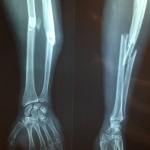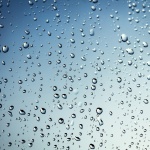
News • "FRAiL" study
New assessment predicts fracture risk for patients in long-term care
Researchers from Hebrew SeniorLife's Institute for Aging Research have developed and validated a new assessment to predict the risk of falls in long-term care patients.





















